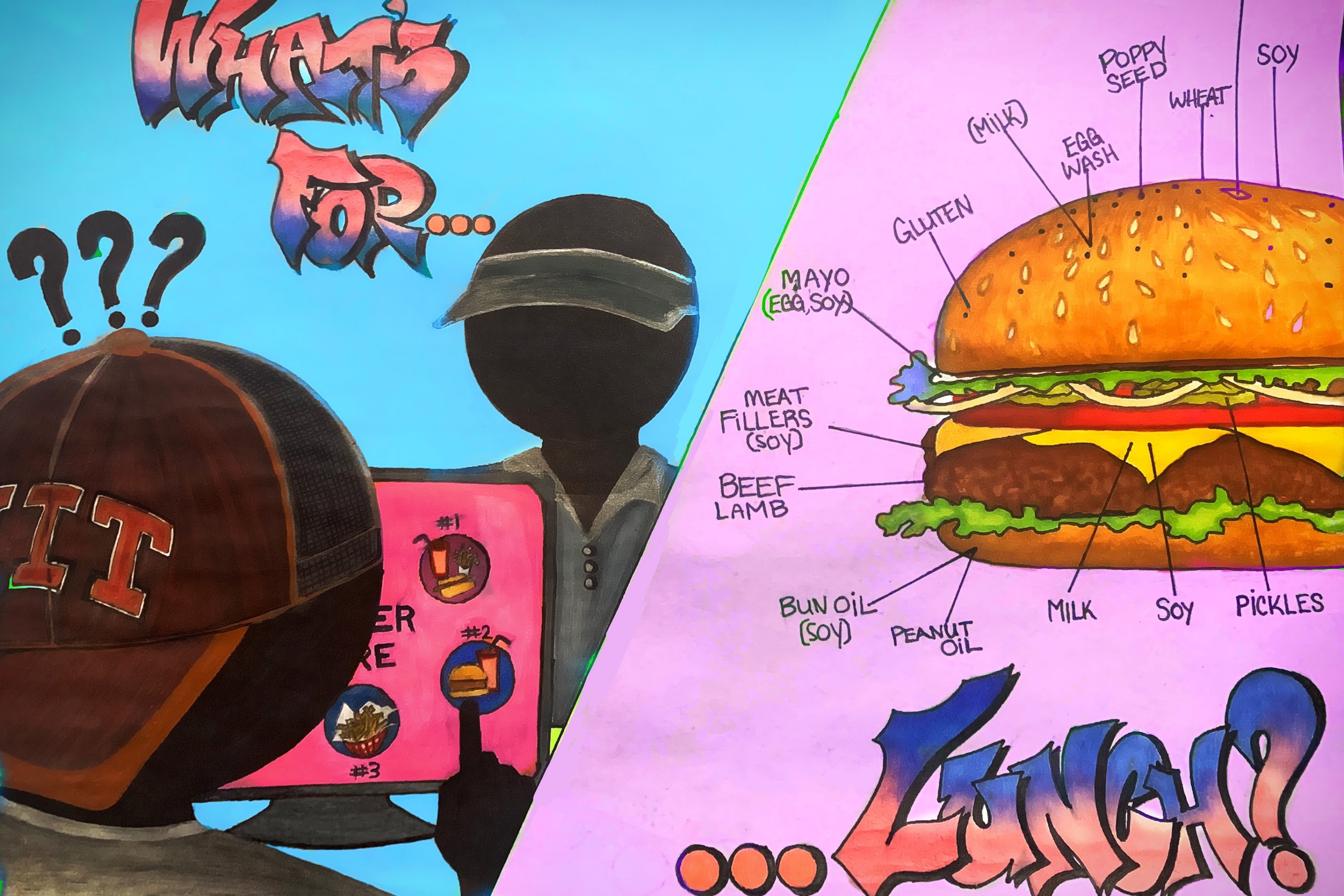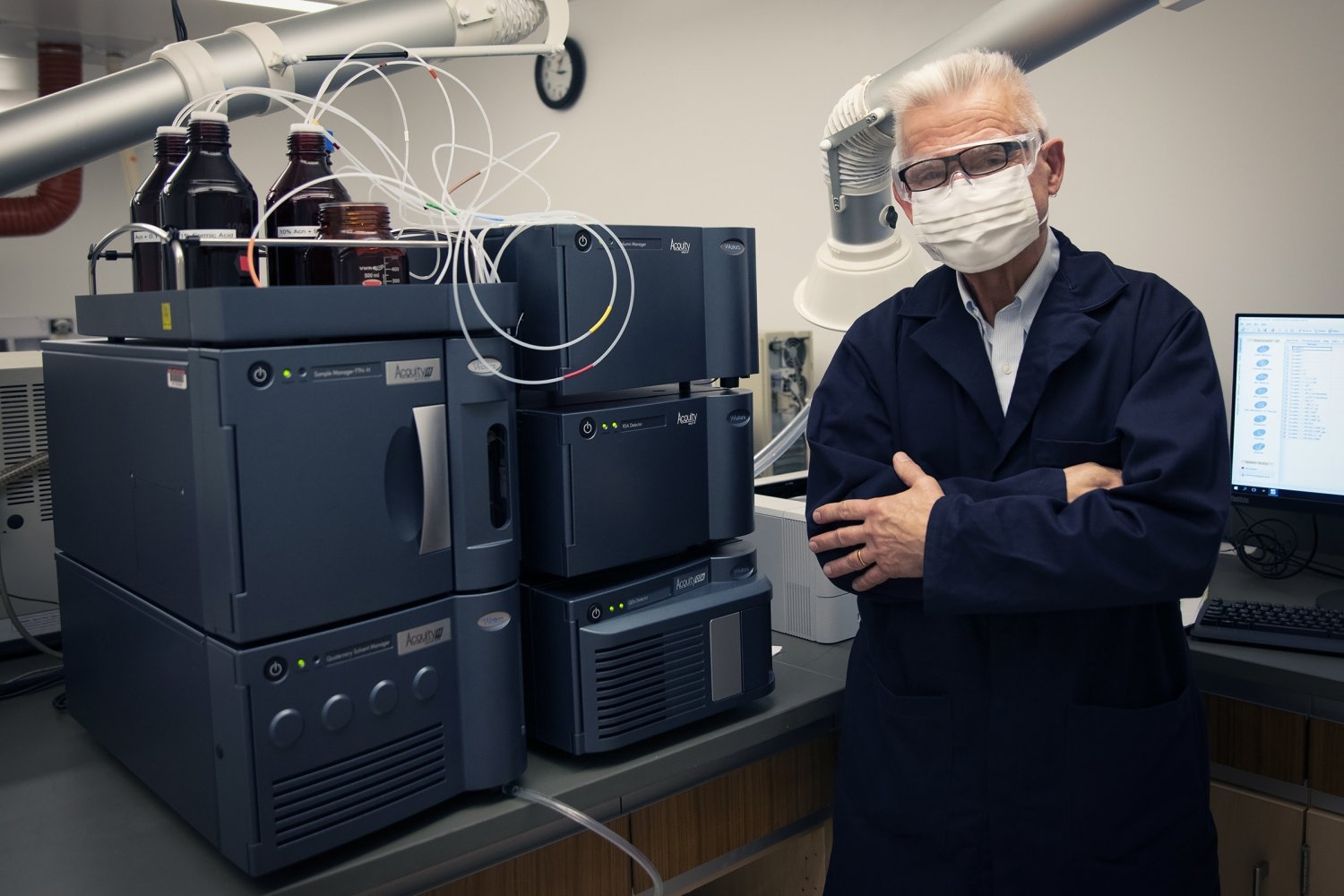Virtual Reality Discussion Prompts For Students
Virtual Reality (VR) is a technology that becomes increasingly popular in many fields of our lives. It is most commonly known for its entertainment applications (movies and video games), which creates false preconceptions around its potential. In many countries, VR is now a universal tool used to improve the educational process. In this article, we […]

Virtual Reality (VR) is a technology that becomes increasingly popular in many fields of our lives. It is most commonly known for its entertainment applications (movies and video games), which creates false preconceptions around its potential.
In many countries, VR is now a universal tool used to improve the educational process. In this article, we will cover some of the numerous benefits of using VR in the classroom, and share some tips on how to make the most out of this technology.
 Image by Jessica Lewis on Unsplash
Image by Jessica Lewis on Unsplash
Why Choose Virtual Reality
The technology of virtual reality is a three-dimensional environment, computer-generated simulation of a real-life (or completely opposite) experience. You can become a part of this virtual world, explore it, interact and manipulate with objects and change the environment by yourself.
Thus, four features determine virtual reality:
- Computer-generated: the heart of VR is 3D modeling, complex computer graphics that can be transformed as we interact with it;
- Immersive: virtual reality imitates real life, and you can feel as if you were a part of it by changing the things around you;
- Believable: VR offers a new world that you can barely tell from the real one;
- Interactive: talk to people, touch the objects, hear the sounds, as if they were your real-time surroundings.
As you may have guessed, such characteristics can literally expand the margin of human capacity. With the help of VR, students all around the world can step up their game in almost every subject they are mastering. In what way?
- Proceed from theory to practice. Too strong attachment to theoretical learning is the main concern in many educational institutions. With virtual reality immersion, you can provide students with a practical application of their knowledge and a memorable experience, at the same time.
- Do it safely. In many branches, the learning process's practical side is tightly connected to possible risks and even injuries. That is why virtual simulation is so useful for a student to take the first steps.
- Boost students’ engagement. Interactive virtual worlds make studying exciting – that is the fact. Their interest in this kind of activity and an emotional reaction to this experience will result in tangible outcomes.
- Intensify their focus. While there are tons of distraction sources in real life, virtual reality provides full immersion and urges students to concentrate on what they are doing.
- Complex matters are now explained easily. Virtual reality helps to take a closer look at complicated things that are hard to master on your own. Such an approach leads to enhanced productivity and a better understanding of the subject.
Ways To Apply VR To The Education Process
There are close to no boundaries for using virtual reality technology in the classroom or during online learning. We will linger around only several possible options.
- Cultural Immersion. Whether it is a history, language, or geography class, visualization is what will help students grasp the main ideas and gain a deeper understanding of some elements of a foreign culture.
- Explore the Human Body. Although we all have our bodies, it is still hard to understand their functions and processes inside. With VR, you can provide your students with a visual tour inside the human body to make anatomy even more exciting and helpful.
- Exciting Geography. Wouldn’t students be happy to explore the Amazon rainforest? Or maybe the living creatures of the Grand Barrier Reef? From the Grand Canyon to the Colosseum, virtual reality will show you the wonders of this beautiful world.
- Special Education. Virtual reality, just like online learning, provides equal opportunities for everyone who wants to know more. It dilutes boundaries for students of all ages, skin color, gender, level of physical abilities, creating one universal space to explore the new.
- Medical Education. Virtual reality is a life-saver for medical students, especially during the COVID-19 pandemic, with no access to laboratories. From a cellular structure to surgery and neuroscience – VR helps students explore and practice in any conditions.
- It is the starting point for any student, an important stage where newbies want to see what they will get in the university. Virtual tours simplify the recruitment process greatly.

Image by Volodymyr Hryshchenko on Unsplash
Virtual Reality Discussion Prompts For Students
Although virtual reality can become an independent part of the educational process, it also needs guidance. With a wise approach, you will make VR applications even more effective. A discussion is an ultimate way to boost students’ productivity and creativity, make them pay attention to non-obvious aspects of learning, and grow analytical thinking skills.
We have prepared some prompts for you to use during your virtual reality sessions.
Stage I. Observations
Observation is the basis of students’ further work. Guide them to explore what they see and hear using such simple questions:
- What do you see?
- What sounds do/would you hear?
- What time of the day is there?
Stage II. Wonderings
Urge the students to turn on their imagination and note some details:
- What do you think the weather is like?
- How do you think someone captures this moment?
- What might be missing from this shot?
- What do you think it smells like?
Stage III. Individual Approach
Finally, bring your students to action and encourage them to express their thoughts and relate to their previous experiences:
- What might it be like to live in this place?
- How is what you see similar or different to a place you’ve lived?
- Is this a place you would want to visit?
- How far away are we from this place?
- How long would it take us to get there?
Do not forget to be creative and adjust the questions to your subject.
With these simple steps, you will help your students get the most out of their virtual reality sessions. That is how they notice details and remember things around. In this way, you will make the class not only exciting but also fruitful.
Final Thoughts
Some people may think that virtual reality technology applications are so popular today due to the COVID-19 pandemic. Well, there is a grain of truth here, as social distancing has changed our behavior drastically.
However, VR is just another stage in technological development. Thankfully, it irreversibly leads to improvements in the education system. While traditional educational sites for students are still authoritative, do not be afraid of new experiences; let technologies help you in this complicated process of bringing up the new generations.





































